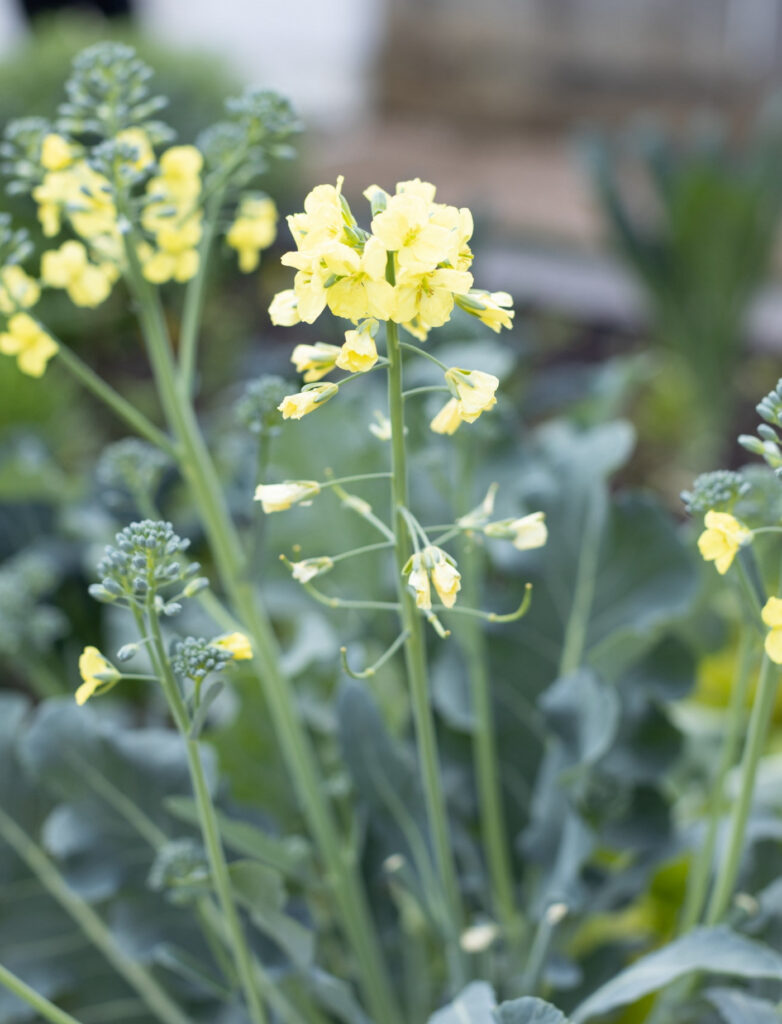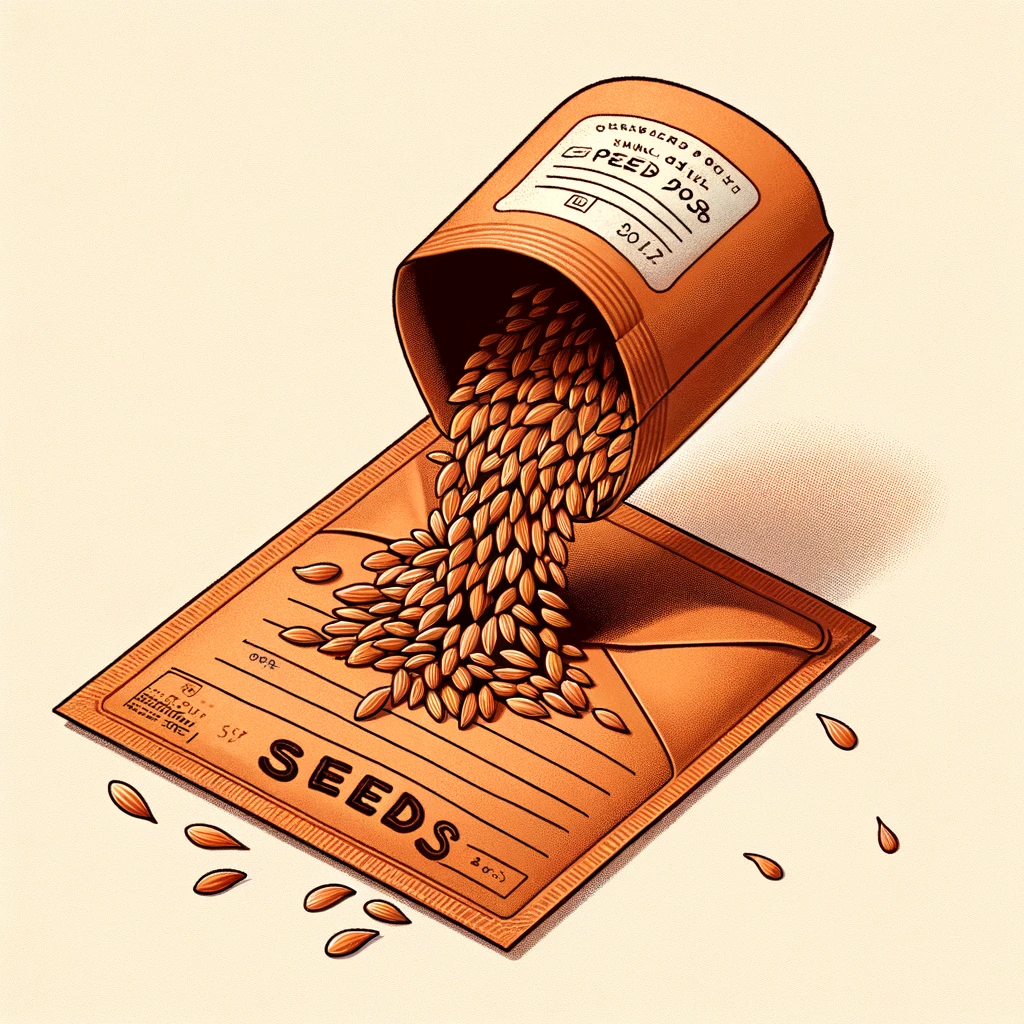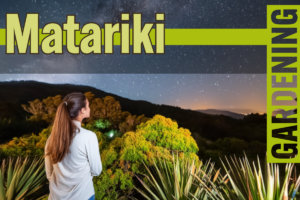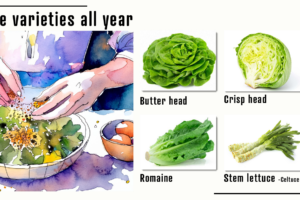
Collecting and saving seeds
At this time of year, whether on purpose or because some plants just decide to bolt and go to seed, I start the process of seed collection. The hardest part is choosing your best specimen and not harvesting it. It’s a Māori tradition to release back either your first fish or the best specimen. This was a method of preserving the breeding strength and numbers of that species for that area. I look at seed collection with the same lens.
Collecting and storing seeds from flowers and vegetables involves a few key steps to ensure the seeds remain viable for future planting. Here’s a general guide:
Choosing the Right Plants:
Select healthy, vigorous plants to collect seeds from. Ideally, these should be non-hybrid varieties, as hybrid plants often don’t produce seeds that are true to type. The term “hybrid” on a seed packet indicates that the seeds come from controlled cross-breeding of two different parent plants, aiming to produce a new variety with specific desired traits like disease resistance or higher yield.
Timing of Seed Collection:

- Flowers: Wait until the flowers have fully bloomed and started to fade or dry. Seed pods should be mature and typically brown or dry.
- Vegetables: Harvest seeds when the vegetable is fully ripe, most often beyond the stage when you would normally harvest for eating. For example, cucumbers should be overripe and squash should have a hard rind.
Harvesting Seeds:
- Dry Method: Used for plants whose seeds form in dry pods, husks, or capsules (e.g., beans, lettuce). Allow the seeds to dry on the plant, then remove the seeds by hand or by threshing (gently beating the seeds out).
- Wet Method: Used for plants with seeds encased in fleshy fruits (e.g., tomatoes, cucumbers). Scoop out the seeds and pulp, place them in a container of water, and stir daily. Viable seeds will sink to the bottom after a few days.

Cleaning and Drying:
- Cleaning: Separate seeds from the chaff and pulp. For dry method seeds, you may need to winnow or gently blow away the chaff.
- Drying: Spread seeds on a paper towel or screen in a warm, dry place away from direct sunlight. Ensure good air circulation. This process can take a few days to a couple of weeks.
- Testing for Dryness: Seeds should be completely dry before storage. A good test is to try snapping a seed in half; if it bends, it needs more drying time.
Labeling:

Label seeds with the plant name and date of harvest. This is important for keeping track of seed viability and variety.
Storing Seeds:
- Container: Store seeds in airtight containers such as glass jars or envelopes.
- Conditions: Keep them in a cool, dry place. A refrigerator can be ideal, but avoid any place with moisture or temperature fluctuations.
- Monitoring: Check occasionally for signs of mold or moisture. If you notice any, remove the seeds, dry them out again, and replace them in a new, dry container.
I have used plastic bags for storage and noticed moisture being trapped inside the plastic. My preference is small paper envelopes. Silica packets come in a range of packaging, I collect these and add them to my seed packets to collect any moisture.
Remember, the viability of seeds decreases over time, so it’s generally best to use them within a few years. Some seeds have longer shelf lives than others, so it’s worth researching the specific requirements and characteristics of the plants you’re interested in.
General storage viability
| Vegetable | Storage Range (Years) |
|---|---|
| Beans | 3-5 |
| Beetroot | 4-6 |
| Broccoli | 3-5 |
| Cabbage | 4-5 |
| Carrot | 3-4 |
| Cauliflower | 4-5 |
| Cucumber | 5-7 |
| Lettuce | 3-6 |
| Onion | 1-2 |
| Peas | 3-5 |
| Pepper (Capsicum) | 2-3 |
| Pumpkin | 4-6 |
| Radish | 4-5 |
| Spinach | 3-5 |
| Tomato | 4-8 |
| Zucchini | 4-6 |
These tables provide general guidelines. The actual shelf life of seeds can vary significantly based on specific storage conditions, like temperature, humidity, and light exposure, as well as the quality and health of the seeds when they were stored. For the best results, always store seeds in a cool, dry, and dark place.
| Flower | Storage Range (Years) |
|---|---|
| Alyssum | 1-3 |
| Calendula | 5-6 |
| Cosmos | 3-4 |
| Daffodil (Bulb) | 1-2 (as a bulb) |
| Dahlia (Tuber) | 1 (as a tuber) |
| Delphinium | 2-3 |
| Foxglove | 1-2 |
| Geranium | 1-2 |
| Hollyhock | 2-3 |
| Lavender | 3-5 |
| Marigold | 2-3 |
| Nasturtium | 5-7 |
| Petunia | 2-3 |
| Poppy | 3-5 |
| Sunflower | 2-3 |
| Sweet Pea | 3-5 |
| Tulip (Bulb) | 1-2 (as a bulb) |
| Zinnia | 5-6 |
Common seed-saving mistakes
Here are some common mistakes to be aware of:
- Saving Seeds from Hybrid Plants: Hybrid plants are created by crossing two different parent plants. Seeds saved from hybrids often don’t produce plants true to the parent’s characteristics. For reliable seed-saving, use open-pollinated or heirloom varieties.
- Not Labeling Seeds Properly: It’s essential to label seeds with the plant type and the date of collection. Without proper labeling, it’s easy to forget the specifics about the seeds, leading to confusion in subsequent planting seasons.
- Harvesting Seeds Too Early or Late: Seeds should be harvested at the right time. If harvested too early, they may not be mature enough to germinate. If left too late, they might have been exposed to moisture and disease, reducing viability.
- Improper Seed Storage: Seeds need to be stored in cool, dry, and dark conditions. Storing seeds in places with fluctuating temperatures and humidity levels can reduce their viability. Using airtight containers and keeping them in a refrigerator or a cool, dry place is recommended.
- Not Drying Seeds Thoroughly: Before storage, seeds need to be completely dry. Storing seeds with residual moisture can lead to mold and rot. Spread seeds out in a well-ventilated area away from direct sunlight for drying.
- Cross-Pollination Issues: Different varieties of the same species can cross-pollinate, resulting in seeds that don’t produce plants with the expected characteristics. To avoid this, different varieties should be spaced far enough apart or use barriers or timing techniques to prevent cross-pollination.
- Ignoring Seed Viability Timeframes: Different seeds have different viability periods. Some seeds, like onions and parsnips, are best used within a year, while others can last several years. Not using seeds within their viability period can lead to poor germination rates.
- Not Testing Germination Rates: Before planting, it’s a good practice to test a small batch of seeds for germination. This can give an idea of the overall viability of the seeds and whether they’re worth planting.
- Neglecting to Learn Species-Specific Techniques: Different plants have different seed-saving techniques. For example, some seeds require fermentation (like tomatoes) to remove germination inhibitors, while others might need specific drying or harvesting methods.
- Saving Seeds from Diseased Plants: Seeds from diseased plants can carry the disease to the next generation. Always choose healthy, vigorous plants for seed saving.
By avoiding these common mistakes, you can successfully save seeds and enjoy a more sustainable and rewarding gardening experience.
What can you do to learn more?
There are a number of online groups dedicated to seed-saving in New Zealand. It would be great to have more people growing heirloom varieties in their backyards. You can join social media groups on FaceBook and Instagram for example that have regular get togethers to swap plants, produce and seeds. See what’s available in your area.
And finally…..
One of my favourite You-tubers Jag from Daisy Creek Farms has a great video on harvesting seeds. Watch it below




